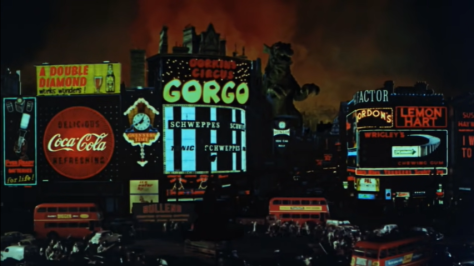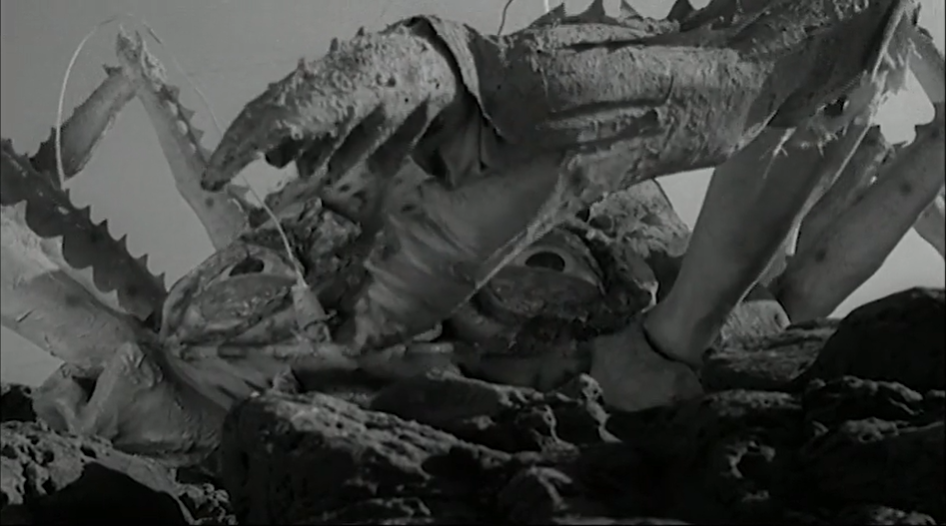
If we’re talking about Lovecraft adaptations, we’re eventually going to circle back to Stuart Gordon and Brian Yuzna, who were the first ones to really make effective cinematic use of ol’ Howard’s stories in Re-Animator and From Beyond, capturing the eldritch universe while infusing it with horror-comedy sensibilities and carnal undertones—they get the original work, and they also make it their own, what a novel concept! The two of them would periodically venture back into Lovecraftian territory in the nineties, and at the turn of the millennium produced an adaption of one the major works in the Cthulhu Mythos, 1931 novella The Shadow Over Innsmouth (while borrowing the name from the related short story “Dagon.”) As a story of unspeakable Elder Gods and the mutating effect they have on humans that come into contact with them, it contains many of the recurring motifs of the Mythos (including some of the Really Questionable ones that we’ll get into), and like the previous adaptations directed by Gordon and written by frequent collaborator Dennis Paoli, those themes are filtered their own parallel preoccupations.









